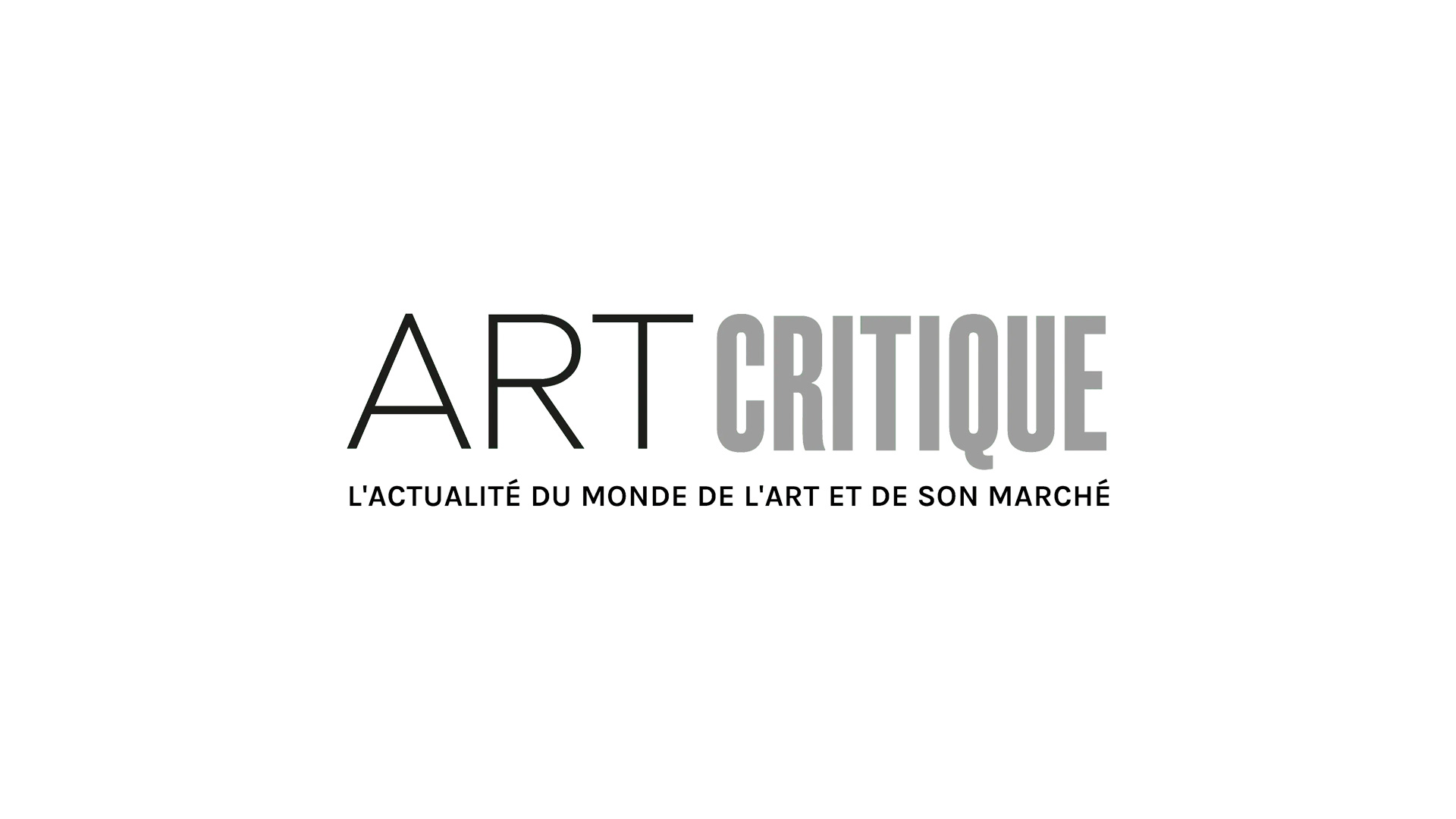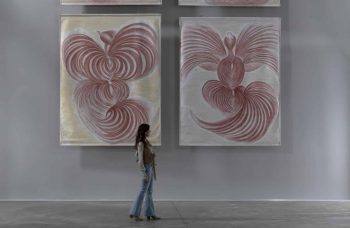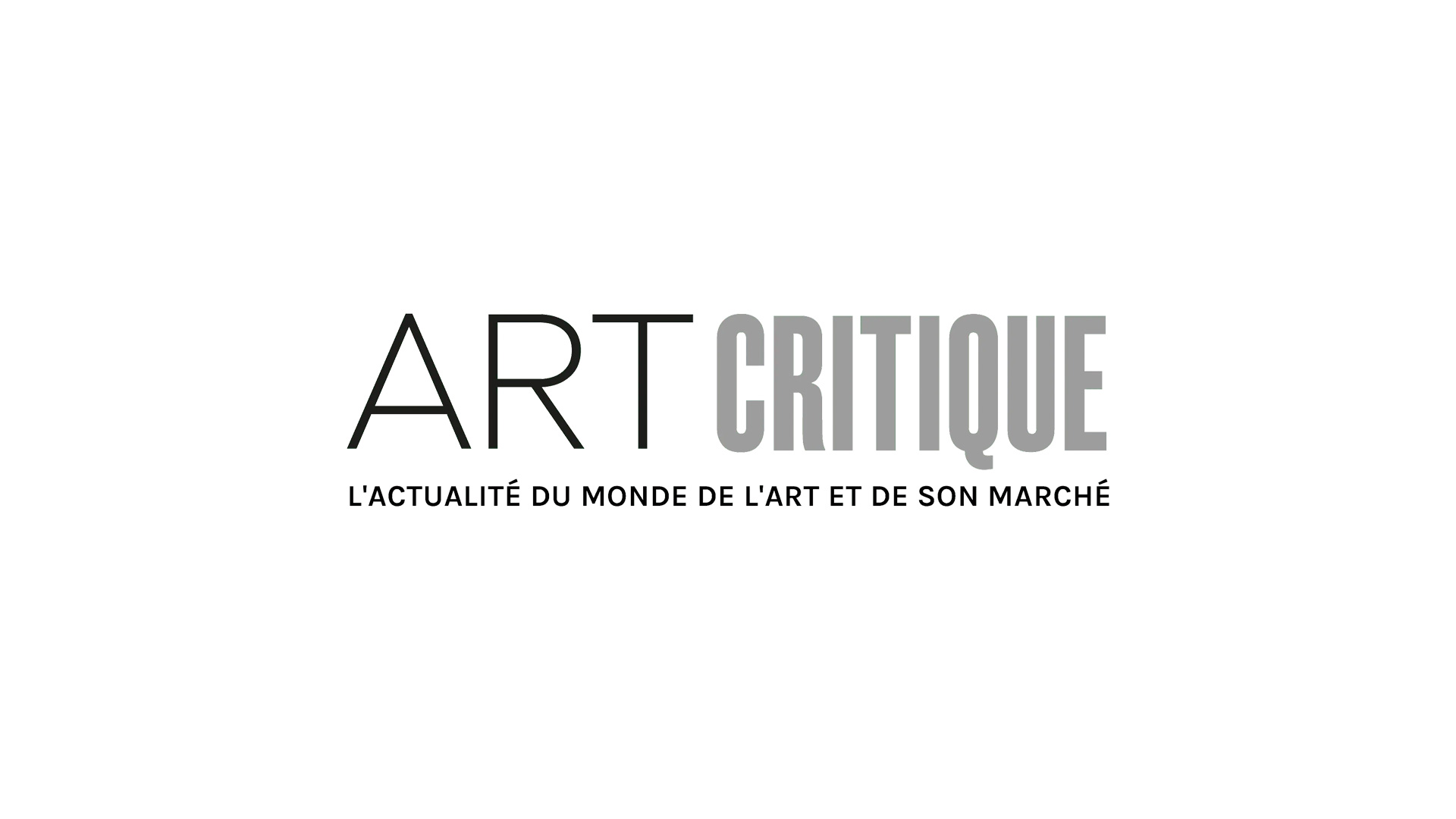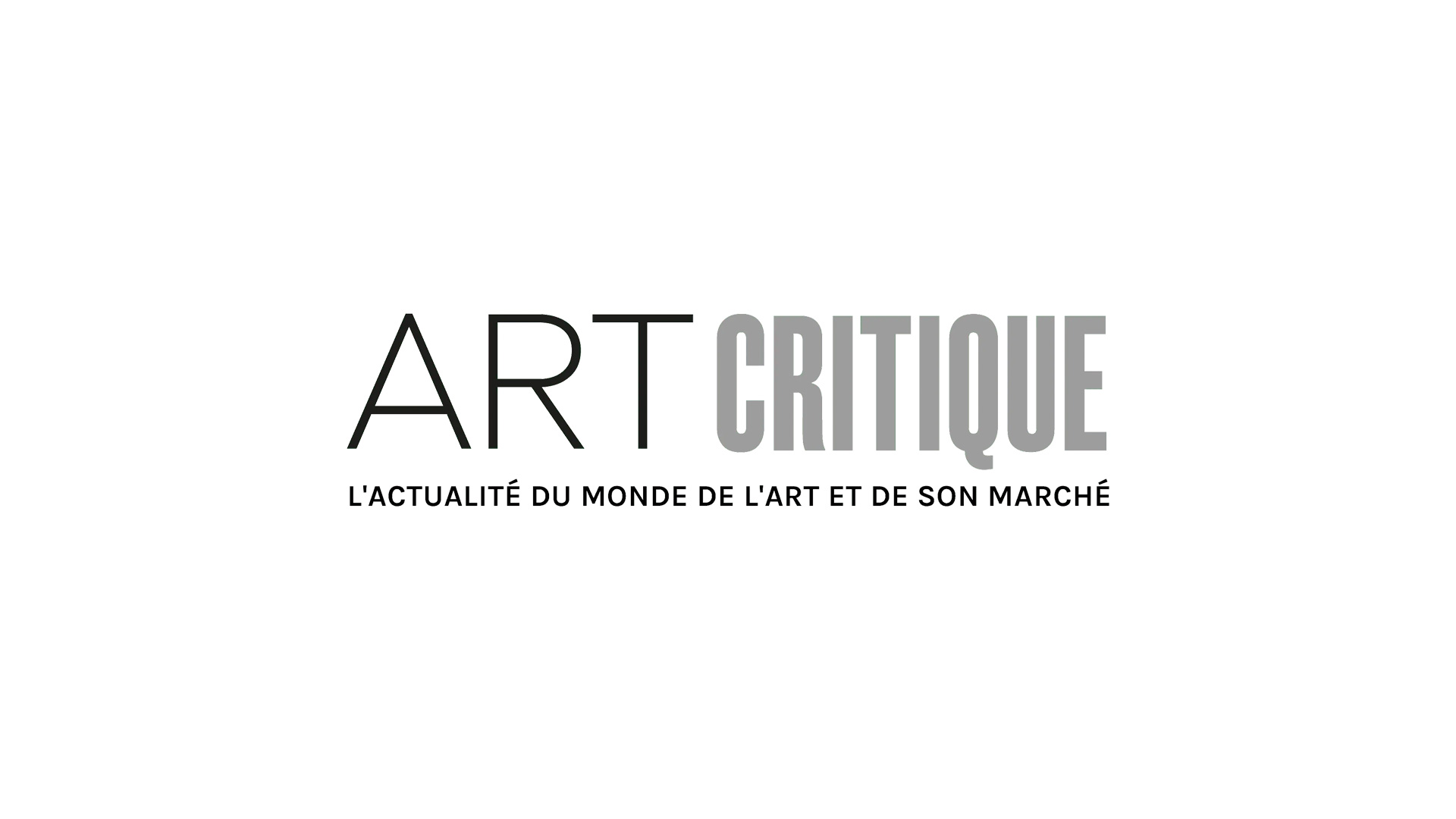This week’s Art World Round up covers the 1-54 Contemporary African Art Fair, which plans to persevere this autumn, upcoming exhibitions by Mark Surridge as well as Ania Hobson, and another postponed Yayoi Kusama exhibition. We also check out the incident of a selfie-seeking tourist who accidentally snapped the toes off a sculpture in Italy, a new report that found disproportionate access to the arts for Detroit’s non-white residents, and another report that upholds the restoration of the Ghent Altarpiece which made some shocking discoveries last year.
London art fair scene sees glimpse of hope
Despite continued uncertainty, the 1-54 Contemporary African Art Fair is planning to go ahead with its London fair in the flesh. The idea of a real-life fair is welcome good news for the UK art world as a number of fairs, particularly Frieze London and Frieze Masters, have cancelled upcoming fairs or opted for online-only iterations. 1-54 plans to move forward with their fair at Somerset House in central London between October 8th and 10th. They will limit the number of participating galleries for the in-person show and will also offer an online edition of the fair for other exhibitors in partnership with Christie’s. “Many of the galleries are really engaged with the project—and really need to sell as well—so they were quite keen to have a physical experience,” founding director of 1-54 Touria El Glaoui told Artnet News. “Galleries are aware that this is going to be a much more local fair, there are going to be probably fewer people traveling from different places in Europe, and they’re ok with that because they are keen to meet people who are based in London,” she continued.
Solo exhibition of works by Mark Surridge soon to open
On August 12th, an exhibition of works by British artist Mark Surridge will open at Tremenheere Gallery of Cornwall’s Tremenheere Sculpture Gardens in collaboration with Coates and Scarry. Based in Cornwall himself, the ancient sites that riddle the area inspired Surridge’s forthcoming exhibition, which is fittingly called “Walking the Stone.” Abstract in nature, his works reflect the sites he’s walked through over the course of his career. By tracing his routes with a GPS, paths appear in the paint as do the monoliths of ancient sites. The result is a “distillation of his experience,” as Surridge searches “for the principles of emptiness, calm, simplicity and chance,” to quote former Tate St. Ives director Susan Daniel-McElroy. Although not a direct response to life pared-down during the age of lockdown, Surridge’s canvases are equal parts intriguing, yet calming, exuding a sense of empathy perhaps in part due to the change of life we’ve collectively experienced in recent months. Surridge has made a name for himself having been a part of group exhibitions and the focus of solo shows, both within the UK and internationally. In 2007, his work was shown in Tate St. Ives’ “Art Now Cornwall” and he has taught at a number of institutions throughout his career. “Walking the Stone” will be on view from August 12th through August 29th.

Snapping selfies… and toes
Yet another artwork has fallen victim to the selfie. On July 31st, an Austrian tourist visited the Museo Antonio Canova in Possagno, Italy. While there, they tried to snap a selfie sitting in the lap of a sculpture when they accidentally snapped the toes off the work. The sculpture in question was a plaster cast of Antonio Canova’s Pauline Bonaparte as Venus Victrix which depicts Bonaparte, the wife of Camillo Borghese, as the goddess, Venus, in a Neoclassical style. The original work belongs to the Galleria Borghese in Rome. Unfortunately, the person who damaged the sculpture left the museum without informing any museum workers, but staff soon after noticed the missing toes, which were recovered. Due to COVID-19 protocol, the museum required foreign guests to record sign in as they entered the museum. Between the records and the security footage, they were able to deduce that the culprit was an Austrian guest, though they have not been named. Days later, the man responsible issued an apology to the museum. “During the visit I sat on the statue, without however realizing the damage that I obviously caused,” the 50-year-old man who broke the sculpture’s toes stated in a letter to the museum, which was shared on social media. “It was irresponsible behavior on my part.” The man claims to have accidently snapped the toes without realising stating that he “didn’t flee,” continuing that he “apologize[s] in every way possible.” He has also offered to pay for the repair work. The museum does not plan to waste time before repairing the artwork, but some, including Vittorio Sgarbi, president of the Antonio Canova Foundation, politician, and controversial critic, think more should be done.

BP Portrait Young Artist Award winner debuts solo show in London
In 2018, artist Ania Hobson won the Young Artist Prize at the BP Portrait Awards for her submission, called A Portrait of two Female Painters, which was selected from more than 2,600 entries. In September, Hobson will hold her first solo exhibition in London at the Catto Gallery. Hobson’s exhibition will feature works that build on her interest in figurative work, particularly focusing on strong millennial women. Having begun painting at a young age, Hobson earned a degree in fine art from Suffolk University in 2011 before attending London’s Princes Drawing School and the Florence Academy of Art in Italy. “I like celebrating modern day women but I avoid painting them in a stereotypically feminine way,” says Hobson of her work. “Women artists are now breaking through and becoming recognised for what we do, and I want to be part of that movement. I am trying to make my mark in a man’s world and I want to help portray women as strong, world-changing creatures. This is a big moment for me. I could not be more thrilled to have my first solo show at a major UK gallery.” Hobson’s exhibition will be on view at the Gatto Gallery in London from September 5th through the 23rd.
Report shows Detroit’s residents of colour have less access to the arts
A new report commissioned by the Knight Foundation and conducted by the Urban Institute found that Detroit residents of colour are less likely to have access to arts and culture in the city. Overall, 74 percent of Detroit residents considered themselves to have “very easy access” to the arts and cultural activities. However, for white Detroit residents, that percentage rose to 79 percent while for non-white residents, it dropped to just 65 percent. According to the report, this is significant considering the national average reports that 69 percent of non-white residents find “easy” access to the arts in comparison to national average for white residents, which stands at 73 percent. The study was administered to 11,000 American living in urban and metro areas and conducted before COVID-19 forced lockdowns across the US. “Detroiters believe that the presence of art and culture in our lives is essential to our collective well-being, despite the fact that Blacks and other communities of color report a harder time accessing them,” said Nate Wallace, director of the Knight Foundation Detroit programme, in a statement. “This is the time for us to reimagine a more equitable arts and cultural sector.
Berlin Kusama exhibition postponed until 2021
Yet another exhibition of famed artist Yayoi Kusama’s works has been postponed until next year due to the pandemic. Originally set for September of this year, a retrospective of works by the artist will now open at the Gropius Bau Museum in Berlin in March of 2021. The exhibition will be the first retrospective of the 91-year-old artist’s works. The show was unsurprisingly highly anticipated as Kusama’s works, particularly her “Infinity Room” series, have been selling out tickets around the world in recent years. The announcement that the self-titled exhibition will be postponed follows similar news for exhibitions of Kusama’s works that were to be held this year at the New York Botanical Garden, Washington DC’s Hirshhorn Museum and Sculpture Garden, and London’s Tate Modern. Of course, the postponed exhibitions are all due to the pandemic, which Kusama addressed in a poem earlier this year, and some her exhibitions have yet to receive new dates.

Researchers back the odd lamb face uncovered by restorers
When restorers at the Museum of Fine Arts Ghent finished the second phase of an extensive restoration of the Ghent Altarpiece last year, they shocked much of the art world. The lamb, symbolising Jesus Christ, at the centre of the Adoration of the Mystic Lamb no longer looked like itself, in fact, the sheep’s face now looked oddly human. The animal’s unusual appearance was discovered under layers of paint that covered the Van Eyck brothers’ original. Researchers removed the added layers, revealing more details around the five lower panels of the altarpiece but the lamb stole the show and meme-makers went crazy. Now, though, researchers at the University of Antwerp and the National Gallery of Art in Washington DC have released a study that supports the restoration work. According to the paper, the infrared imaging spectroscopy and macro X-ray fluorescence used by restorers “expands our possibilities for resolving complex conservation and art historical issues.” The report continued: “Combined with the conservators’ thorough optical examination informed by years of experience and insights derived from paint cross sections, […] chemical imaging methods will no doubt be central to furthering interdisciplinary research and contributing to resolving art historical and theological issues on the Ghent Altarpiece and other works of art.” The third and final stage of the conservation initiative is expected to start next year.








